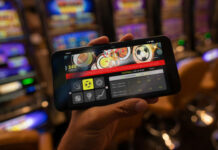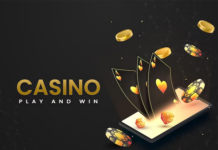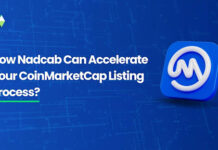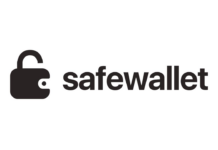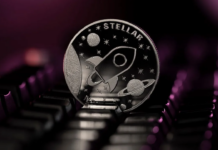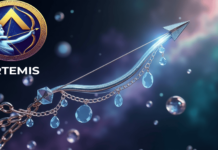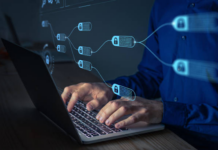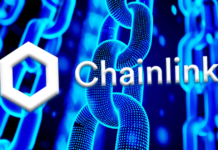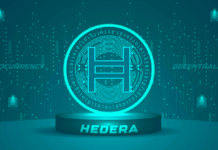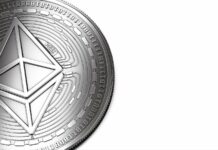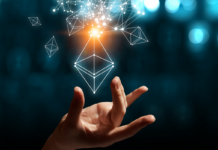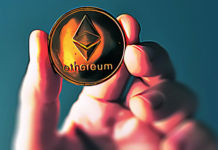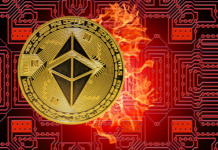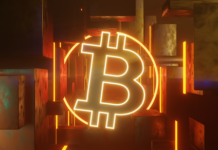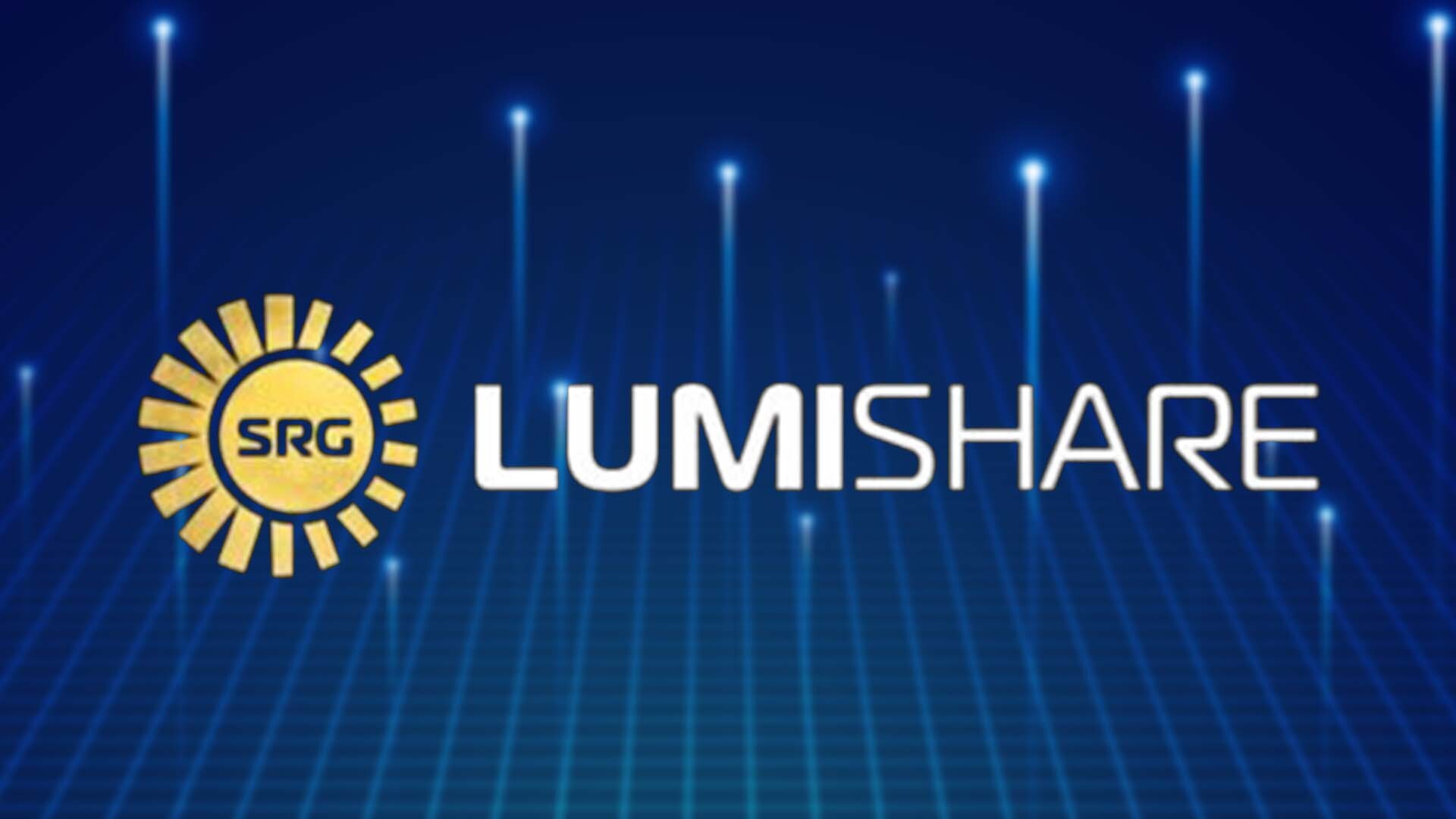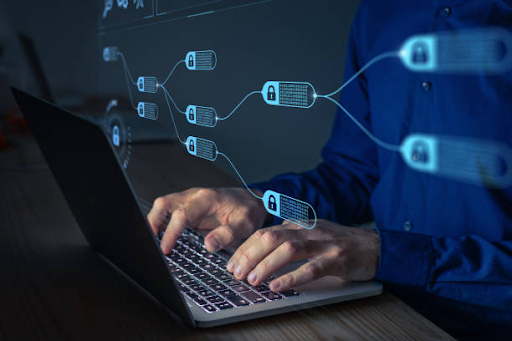
In the rapidly evolving landscape of technology, two of the most transformative innovations are undoubtedly Blockchain and the Internet of Things (IoT). Individually, each holds immense potential to revolutionize industries, but their intersection opens up a new realm of opportunities and challenges. Understanding how these technologies can synergize is crucial for unlocking their full potential and addressing the hurdles of their integration.
Understanding Blockchain and IoT
Blockchain is a decentralized ledger technology that ensures data transparency, security, and immutability. It allows multiple parties to have access to a single version of truth, eliminating the need for intermediaries. This technology is best known for underpinning cryptocurrencies like Bitcoin, but its applications extend far beyond digital currencies.
The Internet of Things (IoT) refers to a network of interconnected devices that communicate and exchange data with each other. These devices range from simple household items like smart thermostats and wearable fitness trackers to complex industrial machinery. IoT aims to enhance efficiency and enable smart automation by leveraging data from these interconnected devices.
Opportunities at the Intersection of Blockchain and IoT
Enhanced Security and Privacy
One of the foremost benefits of integrating blockchain with IoT is the enhancement of security and privacy. IoT devices often collect and transmit sensitive data, making them prime targets for cyberattacks. Blockchain’s decentralized nature ensures that data is not stored in a single location, reducing the risk of hacks. Moreover, blockchain’s cryptographic algorithms ensure that data is secure and tamper-proof.
Improved Data Integrity
Data integrity is a significant concern in IoT ecosystems due to the massive amount of data generated by various devices. Blockchain can ensure that the data collected from IoT devices is accurate and unaltered. Each transaction or data entry in the togel blockchain is immutable and time-stamped, providing a reliable audit trail. This feature is particularly valuable in industries where data accuracy is critical, such as healthcare and finance.
Decentralized IoT Networks
Traditional IoT networks rely on centralized cloud servers, which can become bottlenecks and single points of failure. Blockchain can enable decentralized IoT networks where devices can communicate and verify transactions directly with each other without the need for a central authority. This decentralization enhances the resilience and scalability of IoT systems.
Streamlined Processes with Smart Contracts
Smart contracts are self-executing contracts with the terms directly written into code. They automatically enforce and execute agreements when predetermined conditions are met. Integrating smart contracts with IoT can automate various processes, such as supply chain management, energy distribution, and predictive maintenance. For example, in a supply chain, a smart contract could automatically trigger a payment when a shipment is received and verified by IoT sensors.
Enhanced Supply Chain Transparency
The combination of blockchain and IoT can bring unprecedented transparency to supply chains. IoT devices can track the movement of goods in real-time, while blockchain can provide a secure and immutable record of each step in the supply chain. This transparency can help in verifying the authenticity of products, ensuring compliance with regulations, and detecting inefficiencies.
Challenges in Integrating Blockchain and IoT
Scalability Issues
Both blockchain and IoT face significant scalability challenges. Blockchain networks, especially public ones, can become slow and expensive as the number of transactions increases. On the other hand, IoT ecosystems generate vast amounts of data that need to be processed and stored efficiently. Integrating these two technologies requires solutions that can handle the high volume of transactions and data without compromising performance.
Energy Consumption
Blockchain networks, particularly those using proof-of-work (PoW) consensus mechanisms, are notorious for their high energy consumption. This poses a challenge when integrating with IoT, as many IoT devices are energy-constrained. Exploring energy-efficient consensus algorithms like proof-of-stake (PoS) or hybrid models is essential to make blockchain viable for IoT applications.
Interoperability
The IoT landscape is highly fragmented, with numerous devices, platforms, and communication protocols. Ensuring interoperability between different IoT systems and blockchain platforms is a significant challenge. Standardization efforts and the development of universal protocols are needed to facilitate seamless integration.
Data Privacy and Compliance
While blockchain enhances data security, it also raises concerns about data privacy. The immutable nature of blockchain means that once data is recorded, it cannot be altered or deleted. This can be problematic in light of regulations like the General Data Protection Regulation (GDPR), which grants individuals the right to be forgotten. Balancing the need for immutable records with privacy compliance is a complex issue that needs to be addressed.
Initial Costs and Complexity
Implementing slot gacor blockchain and IoT solutions involves significant initial costs and complexity. Businesses need to invest in new infrastructure, train personnel, and possibly overhaul existing systems. The complexity of integrating these technologies can be a barrier for small and medium-sized enterprises (SMEs) with limited resources.
Conclusion
In conclusion, the integration of blockchain and IoT offers numerous opportunities for enhancing security, transparency, and efficiency across various industries. However, realizing these benefits requires addressing significant challenges related to scalability, energy consumption, interoperability, data privacy, and implementation complexity. By navigating these hurdles, businesses can harness the full potential of these transformative technologies, paving the way for a smarter and more secure digital future.



